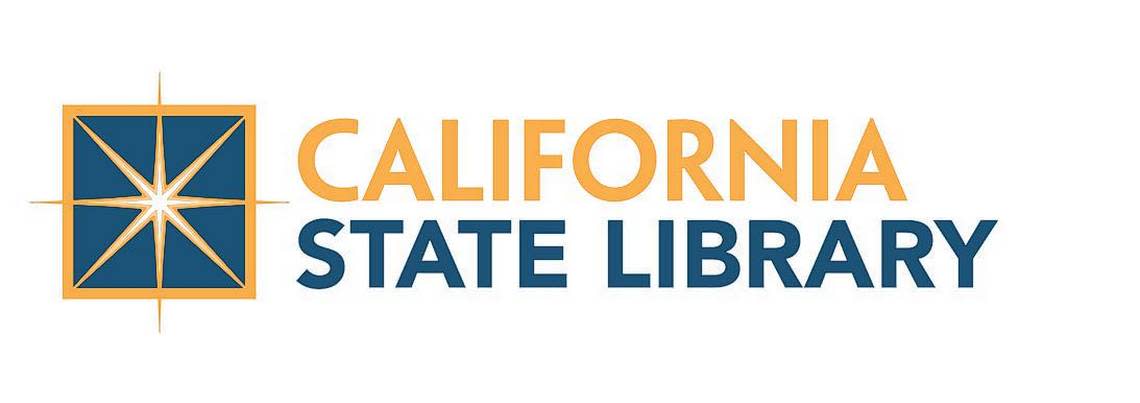The hateful signs may have disappeared, but racist attitudes haven’t | Opinion
“We Serve Whites Only: No Spanish or Mexican”
Hateful signs of this sort are no longer seen in public. A lot of people nowadays likely say that such views are of a distant past, right? Others may just ignore the issue with a “so what” shrug.
The signs may have come down, but not necessarily the attitudes that condone them.
Unfortunately, hate speech too often leads to hate crimes. As reported recently in The Fresno Bee, there was nearly a 33% increase in hate crimes between 2021 and 2022 in Fresno County; a rise that occurred across all five counties of the Central San Joaquin Valley (Merced, Madera, Fresno, Kings, Tulare). Race or ethnicity were the major cause of such crimes.
The numbers, however, fail to tell the whole story. Many incidents of hate speech and hate crimes go unreported, though they conceivably violate California’s Penal Code 422.55 and Civil Code 52.1, which cover hate crimes and hate speech respectively.
Yet, scant attention is given to these statistics, until an episode of racially charged mass violence mushrooms onto the media, such as the shooting that targeted Mexicans in El Paso killings in 2019. A few days before, three people were shot in Gilroy by a man apparently influenced by white nationalist literature; two of the victims were 6-year-old Stephen Romero and 13 year-old Keyla Salazar. A young man, Trevor Irby, was also killed.

Importantly, the frequency of hate speech, like hate crimes, rises and falls, as well as the specific targets of biased verbal abuse or criminal acts. In recent years we have witnessed a surge of anti-Asian speech, (and in 2022 a decrease); anti-Muslim rants persist, while anti-Black and anti-Jewish incidents have proliferated. And gender and gender-identity-related hate crimes have soared. Mexicans and other Latinos have also been targeted, of course, especially by nativist-fueled hate speech and hate crimes.
So how do we explain this history of ups-and-downs of hate toward immigrants, religions, races, ethnicities, and “others”? Take for example the resurgence of the Ku Klux Klan in the early 1900s: why then, five decades after the end of the Civil War? What led to about 40,000 KKK members — most not wearing their white masks — march down Pennsylvania Avenue in Washington D.C. in 1925 and again in 1926?
Why did thousands attend the KKK fiesta (yes, promotional posters used the word fiesta!) in Fresno in 1924? Why did Porterville in 1927 have a parade of KKK members where many of them copied the marchers in D.C. by not covering their faces?
For much of the American public at the time, there was no embarrassment to be a Klansman — and why not: when you had a president (Warren Harding) endorsing a book entitled “The Rising Tide of Color: the Threat against White-World Supremacy,” or when the first president of Stanford University headed the eugenics-inspired American Breeders Association (which had nothing to do with horses); or Henry Ford spewing anti-Semitic screeds in a weekly newsletter; and when, as late as 1942, an eatery in Texas posted a sign, endorsed by the Lonestar Restaurant Association, that read: “NO DOGS, NEGROES, MEXICANS.” The KKK not only targeted Blacks, but also “undesirable” immigrants, Catholics, Jews, Asians and Mexicans.
The KKK included a women’s auxiliary, Kiddie Klubs, and a boys and girls teen Klubs. A photo from that era shows two children, presumably their parents, in full KKK regalia. Would the beliefs of those presumed parents be mirrored by the two children when they became adults?
The KKK faded as an organization by the 1940s, but many of their views apparently remain, including here in the Central Valley.
Slurs appear abundantly, anonymously online, in social media, graffiti toward Mexicans and other Latinos, regardless of their place of birth, level of education, income, legal status, or generation of being in the the U.S. Undoubtedly, in some homes today, hate speech takes place in the presence of children — like those who stood proudly next their parents, all in KKK regalia in the 1920s.
Now, it seems, not so long ago.
This is part of a series on Stop The Hate, a project funded by the California State Library. Alex M. Saragoza is professor emeritus at UC Berkeley
